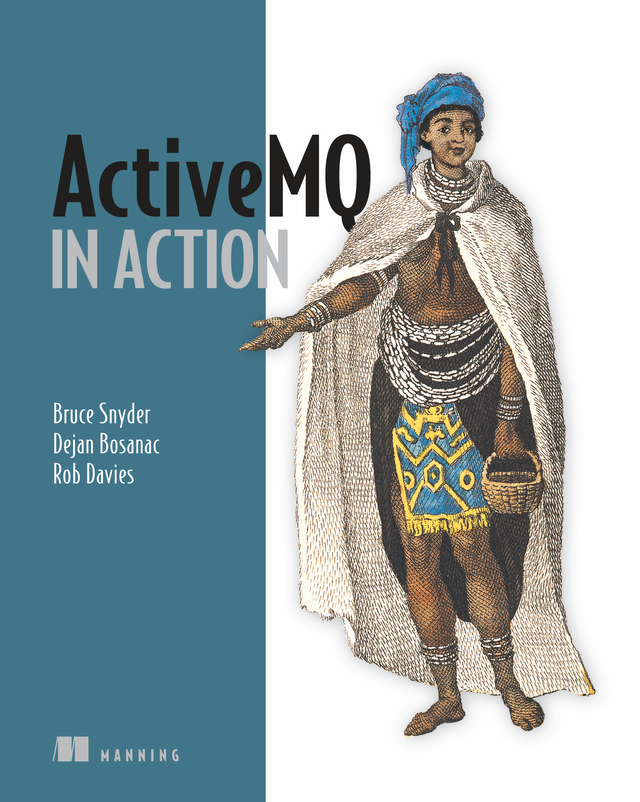ActiveMQ in Action is all you'll need to master ActiveMQ. It starts from the anatomy of a JMS message and moves quickly through connectors, message persistence, authentication, and authorization. By following a running example (a stock portfolio app), you'll pick up the best practices distilled by the authors from their long and deep involvement with this technology.
Messaging Systems
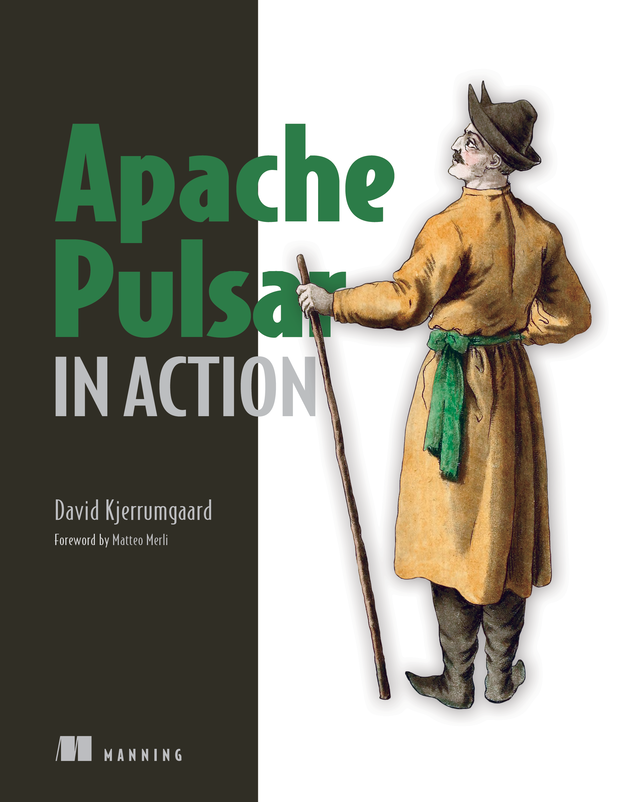
Deliver lightning fast and reliable messaging for your distributed applications with the flexible and resilient Apache Pulsar platform.
In Apache Pulsar in Action you will learn how to:
- Publish from Apache Pulsar into third-party data repositories and platforms
- Design and develop Apache Pulsar functions
- Perform interactive SQL queries against data stored in Apache Pulsar
Apache Pulsar in Action is a comprehensive and practical guide to building high-traffic applications with Pulsar. You’ll learn to use this mature and battle-tested platform to deliver extreme levels of speed and durability to your messaging. Apache Pulsar committer David Kjerrumgaard teaches you to apply Pulsar’s seamless scalability through hands-on case studies, including IOT analytics applications and a microservices app based on Pulsar functions.
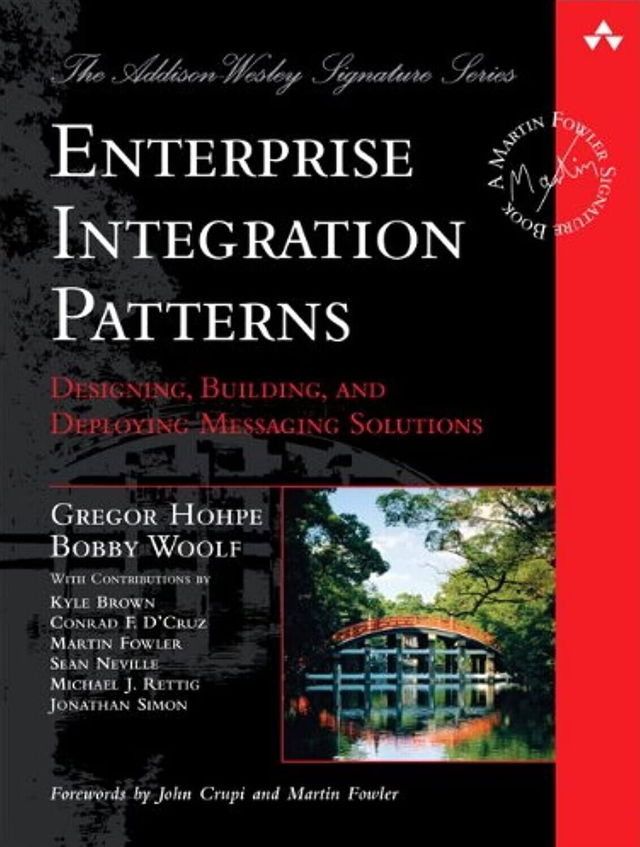
Enterprise Integration Patterns provides an invaluable catalog of sixty-five patterns, with real-world solutions that demonstrate the formidable of messaging and help you to design effective messaging solutions for your enterprise.
The authors also include examples covering a variety of different integration technologies, such as JMS, MSMQ, TIBCO ActiveEnterprise, Microsoft BizTalk, SOAP, and XSL. A case study describing a bond trading system illustrates the patterns in practice, and the book offers a look at emerging standards, as well as insights into what the future of enterprise integration might hold.
This book provides a consistent vocabulary and visual notation framework to describe large-scale integration solutions across many technologies. It also explores in detail the advantages and limitations of asynchronous messaging architectures. The authors present practical advice on designing code that connects an application to a messaging system, and provide extensive information to help you determine when to send a message, how to route it to the proper destination, and how to monitor the health of a messaging system. If you want to know how to manage, monitor, and maintain a messaging system once it is in use, get this book.
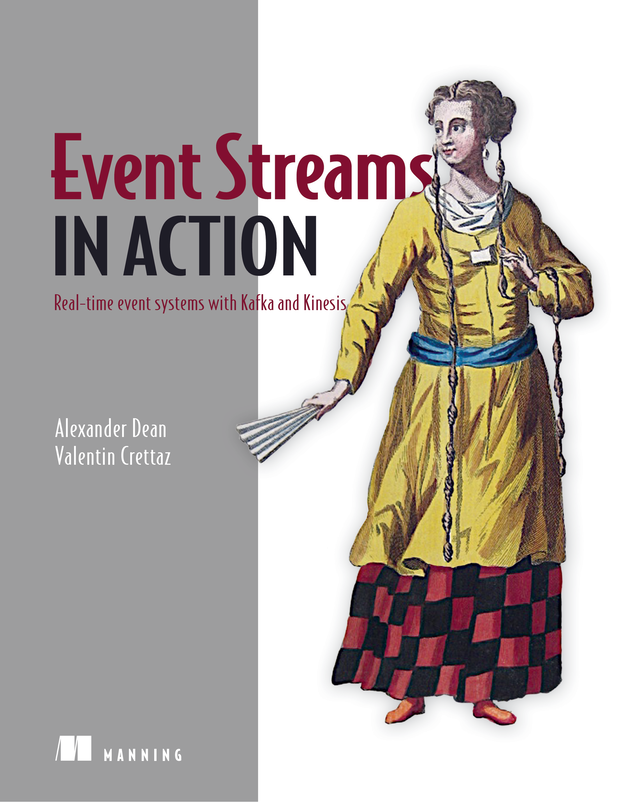
Event Streams in Action is a foundational book introducing the ULP paradigm and presenting techniques to use it effectively in data-rich environments.
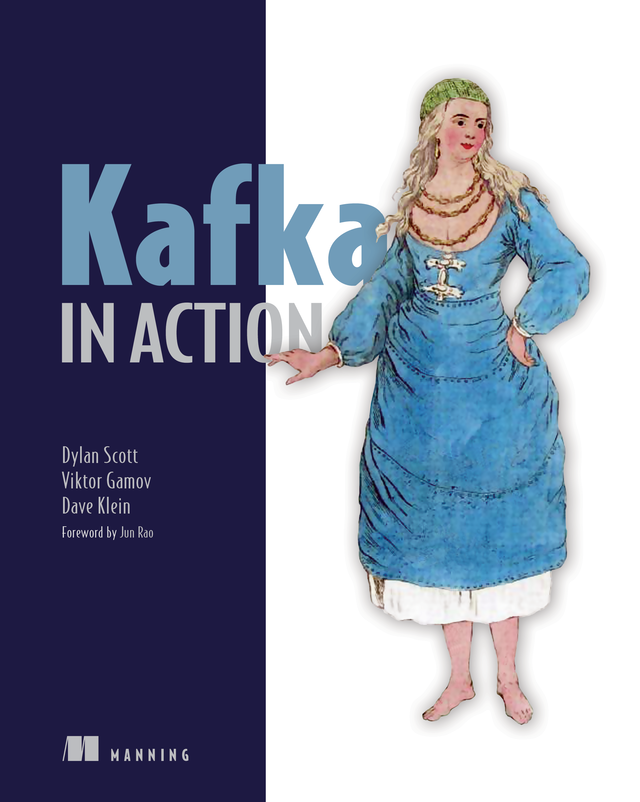
Master the wicked-fast Apache Kafka streaming platform through hands-on examples and real-world projects.
In Kafka in Action you will learn:
- Understanding Apache Kafka concepts
- Setting up and executing basic ETL tasks using Kafka Connect
- Using Kafka as part of a large data project team
- Performing administrative tasks
- Producing and consuming event streams
- Working with Kafka from Java applications
- Implementing Kafka as a message queue
Kafka in Action is a fast-paced introduction to every aspect of working with Apache Kafka. Starting with an overview of Kafka's core concepts, you'll immediately learn how to set up and execute basic data movement tasks and how to produce and consume streams of events. Advancing quickly, you’ll soon be ready to use Kafka in your day-to-day workflow, and start digging into even more advanced Kafka topics.
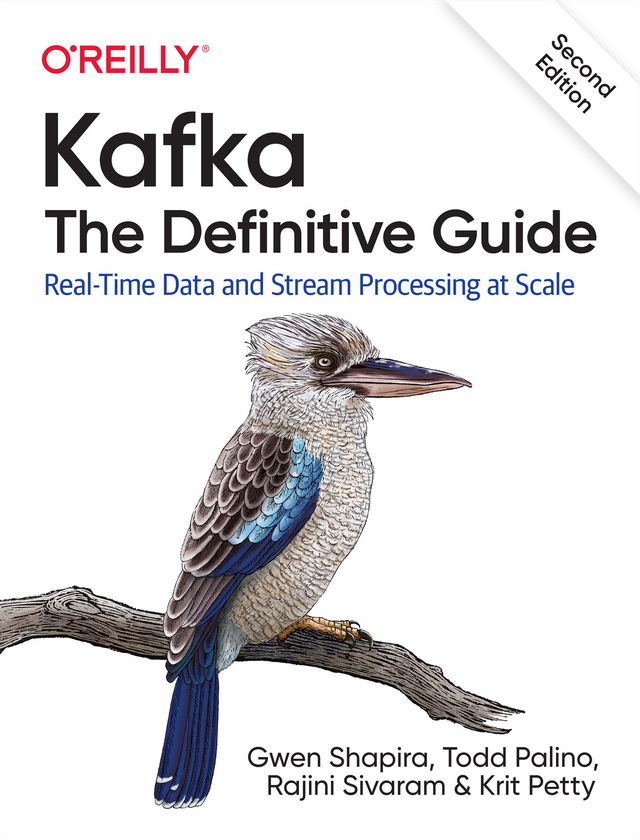
Every enterprise application creates data, whether it consists of log messages, metrics, user activity, or outgoing messages. Moving all this data is just as important as the data itself. With this updated edition, application architects, developers, and production engineers new to the Kafka streaming platform will learn how to handle data in motion. Additional chapters cover Kafka's AdminClient API, transactions, new security features, and tooling changes.
Engineers from Confluent and LinkedIn responsible for developing Kafka explain how to deploy production Kafka clusters, write reliable event-driven microservices, and build scalable stream processing applications with this platform. Through detailed examples, you'll learn Kafka's design principles, reliability guarantees, key APIs, and architecture details, including the replication protocol, the controller, and the storage layer.
You'll examine:
- Best practices for deploying and configuring Kafka
- Kafka producers and consumers for writing and reading messages
- Patterns and use-case requirements to ensure reliable data delivery
- Best practices for building data pipelines and applications with Kafka
- How to perform monitoring, tuning, and maintenance tasks with Kafka in production
- The most critical metrics among Kafka's operational measurements
- Kafka's delivery capabilities for stream processing systems
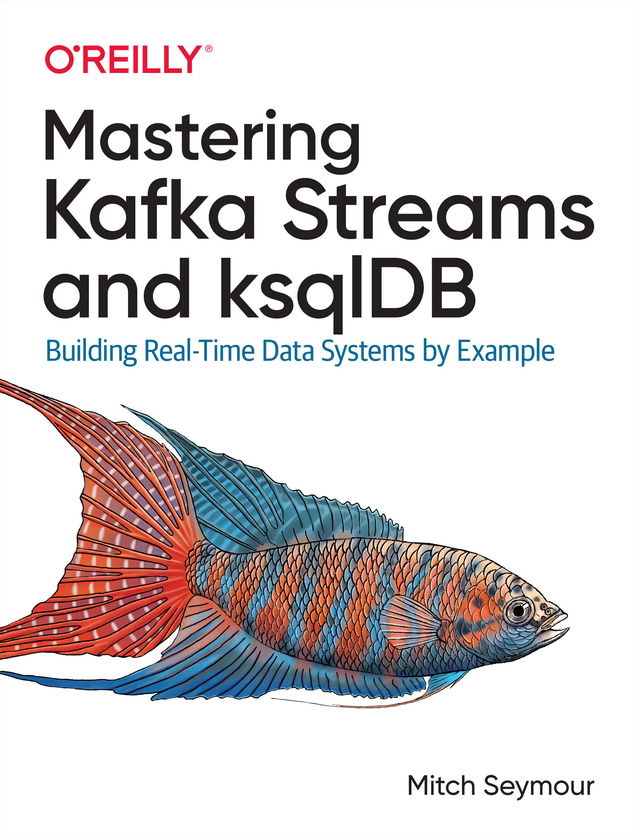
Working with unbounded and fast-moving data streams has historically been difficult. But with Kafka Streams and ksqlDB, building stream processing applications is easy and fun. This practical guide shows data engineers how to use these tools to build highly scalable stream processing applications for moving, enriching, and transforming large amounts of data in real time.
Mitch Seymour, data services engineer at Mailchimp, explains important stream processing concepts against a backdrop of several interesting business problems. You'll learn the strengths of both Kafka Streams and ksqlDB to help you choose the best tool for each unique stream processing project. Non-Java developers will find the ksqlDB path to be an especially gentle introduction to stream processing.
- Learn the basics of Kafka and the pub/sub communication pattern
- Build stateless and stateful stream processing applications using Kafka Streams and ksqlDB
- Perform advanced stateful operations, including windowed joins and aggregations
- Understand how stateful processing works under the hood
- Learn about ksqlDB's data integration features, powered by Kafka Connect
- Work with different types of collections in ksqlDB and perform push and pull queries
- Deploy your Kafka Streams and ksqlDB applications to production

Mule in Action, Second Edition is a totally-revised guide covering Mule 3 fundamentals and best practices. It starts with a quick ESB overview and then dives into rich examples covering core concepts like sending, receiving, routing, and transforming data.
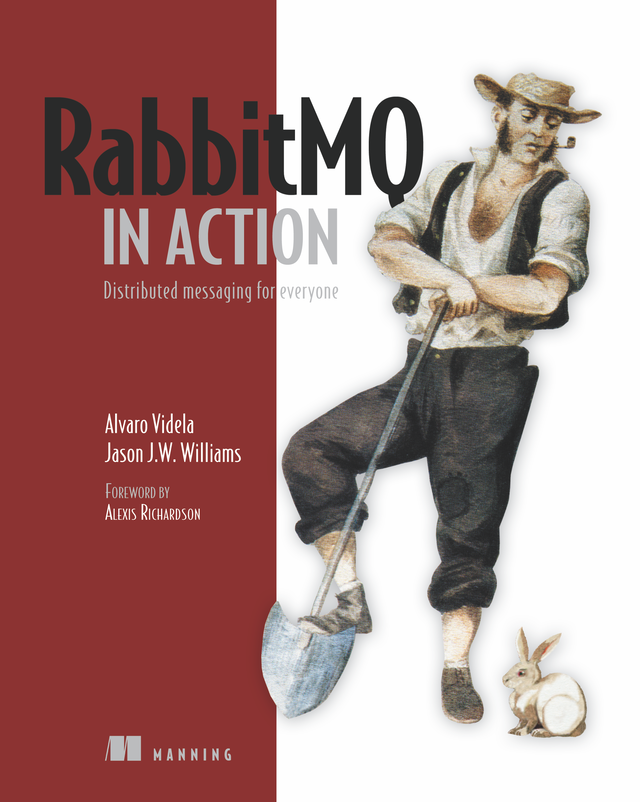
RabbitMQ in Action is a fast-paced run through building and managing scalable applications using the RabbitMQ messaging server. It starts by explaining how message queuing works, its history, and how RabbitMQ fits in. Then it shows you real-world examples you can apply to your own scalability and interoperability challenges.
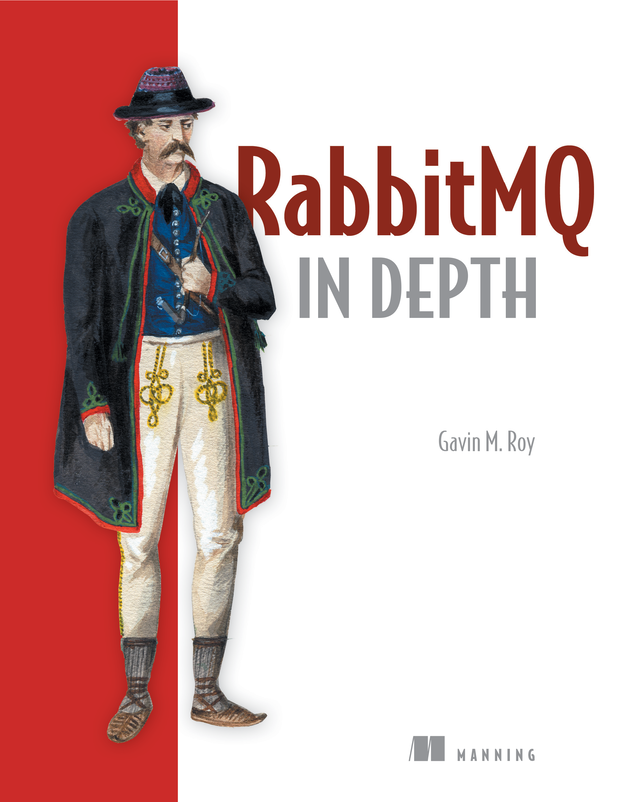
RabbitMQ in Depth is a practical guide to building and maintaining message-based applications. This book provides detailed coverage of RabbitMQ with an emphasis on why it works the way it does. You'll find examples and detailed explanations based in real-world systems ranging from simple networked services to complex distributed designs. You'll also find the insights you need to make core architectural choices and develop procedures for effective operational management.

Reactive Design Patterns is a clearly written guide for building message-driven distributed systems that are resilient, responsive, and elastic. In this book you'll find patterns for messaging, flow control, resource management, and concurrency, along with practical issues like test-friendly designs. All patterns include concrete examples using Scala and Akka.
